A recent study reveals that NASA’s PACE satellite, equipped with the Ocean Color Instrument (OCI), can accurately measure aerosol layer height (ALH) over ocean surfaces. This ability is critical for understanding how aerosols affect weather patterns and climate, enhancing atmospheric correction methods that are essential for satellite-based ocean color monitoring.
Tag: Aerosol
Born to Modulate: Researchers Reveal Origins of Climate-Controlling Particles
Aerosol particles imbue climate models with uncertainty. New work by PNNL researchers reveals where in the world and under what conditions new particles are born.
First Calibration Training at CAMS
Scientists from the Center for Aerosol Measurement Science (CAMS) at the U.S. Department of Energy’s (DOE) Brookhaven National Laboratory hosted the center’s first calibration activities on Nov. 30 and Dec. 1.
Air Pollution Hides Increases in Rainfall
In a new study, researchers broke down how human-induced greenhouse gas and aerosol emissions influence rainfall in the United States.
Air monitor can detect COVID-19 virus variants in about 5 minutes
Now that the emergency phase of the COVID-19 pandemic has ended, scientists are looking at ways to surveil indoor environments in real time for viruses. By combining recent advances in aerosol sampling technology and an ultrasensitive biosensing technique, researchers at Washington University in St. Louis have created a real-time monitor that can detect any of the SARS-CoV-2 virus variants in a room in about 5 minutes.
Going all the way: Scientists prove that inhaled vaccines offer better protection and immunity than nasal sprays
McMaster University scientists who compared respiratory vaccine-delivery systems have confirmed that inhaled aerosol vaccines provide far better protection and stronger immunity than nasal sprays.
New Approach Methodologies, Single Cell RNAseq, and More Featured in 2021 Toxicological Sciences
Toxicological Sciences delivers cutting-edge research in toxicology in the areas of clinical and translational toxicology, emerging technologies, and more in the August 2021 issue.
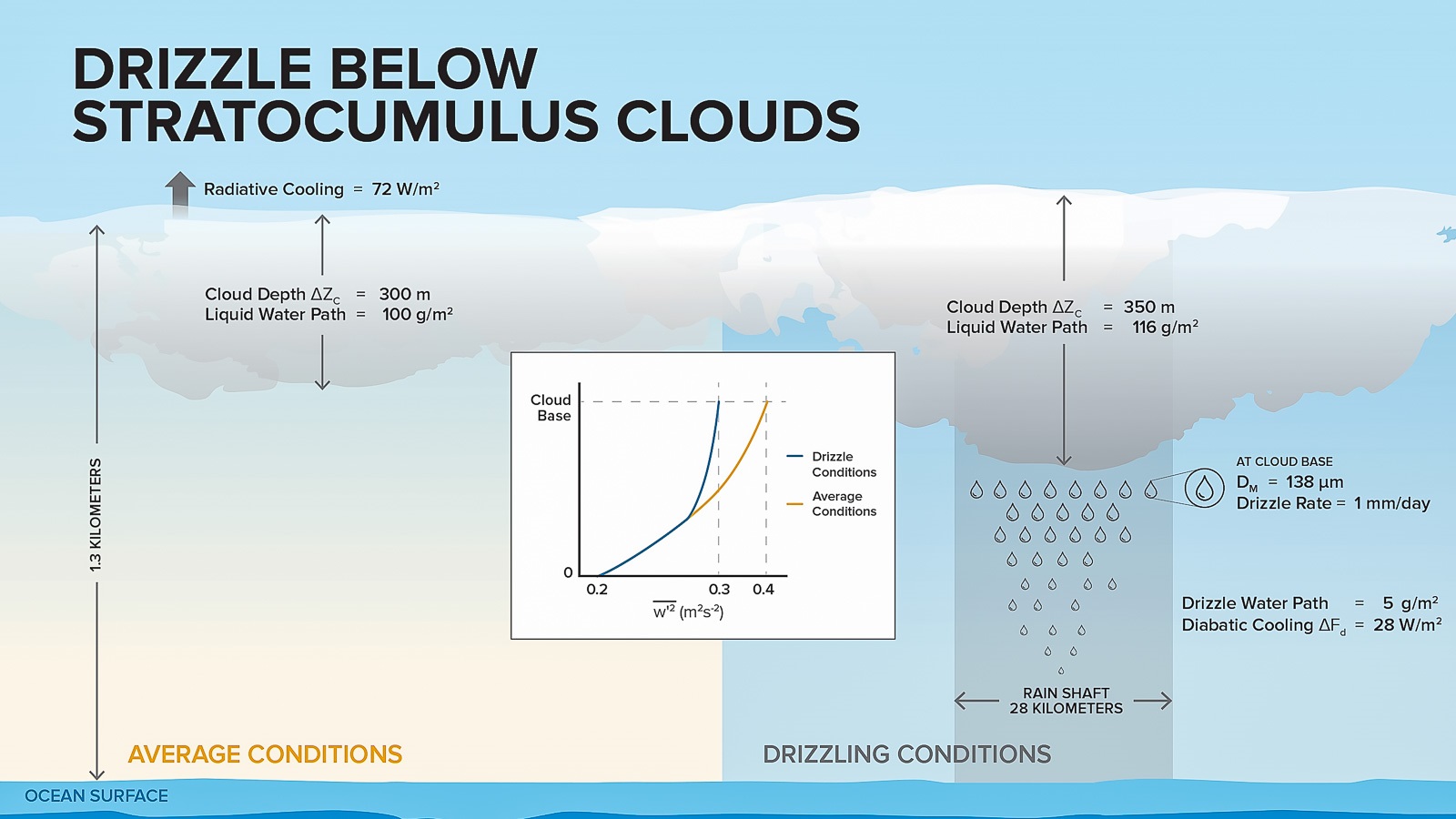
Tiny raindrops pose big challenges: Argonne researchers improve climate models, prediction of climate change
Drizzle in marine clouds is a key parameter for achieving more accurate climate predictions. Argonne developed novel techniques to retrieve drizzle properties and will expand its research to the aerosol impact on clouds and precipitation.
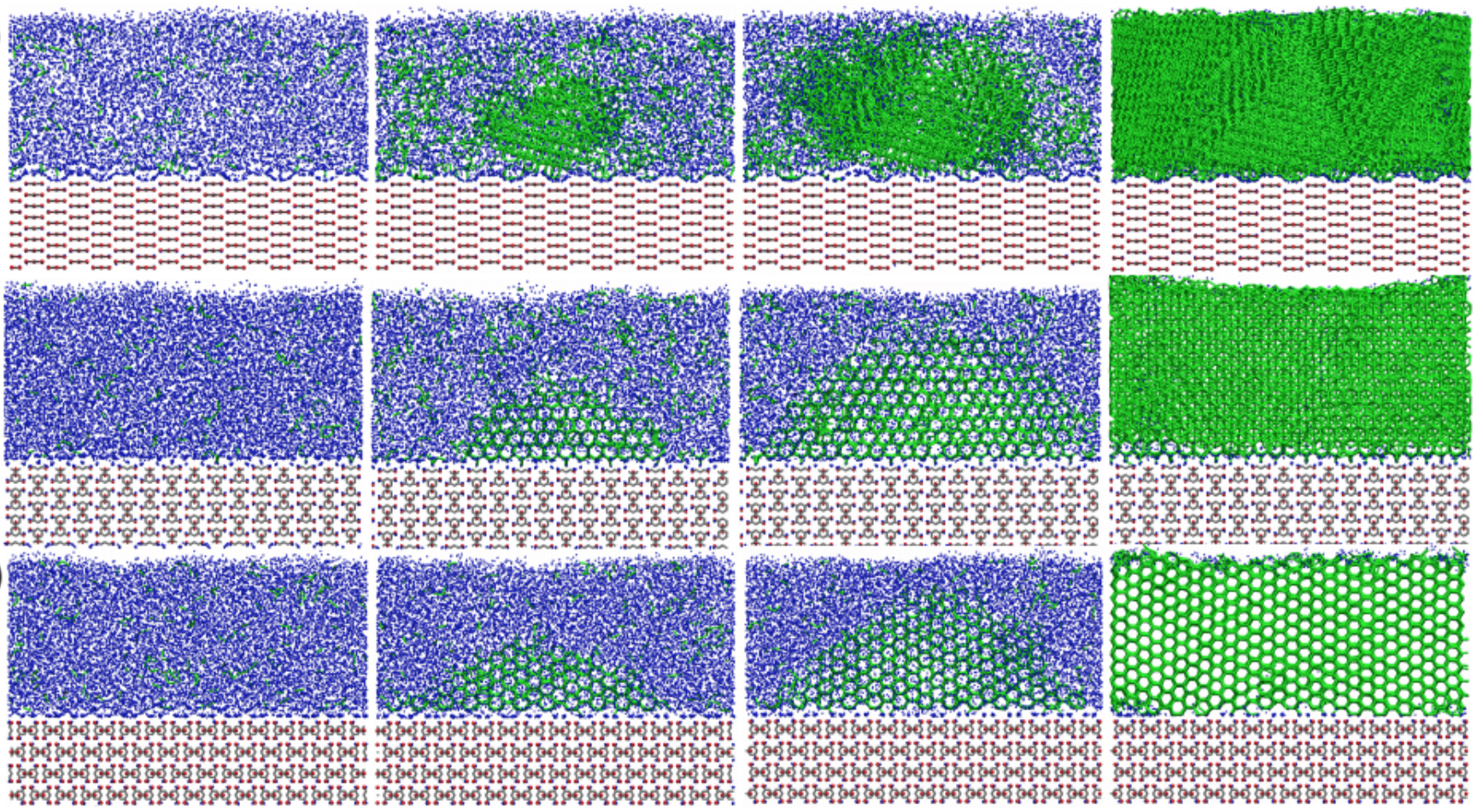
Organic crystals’ ice-forming superpowers
At the heart of ice crystals, often, are aerosol particles – dust in the atmosphere onto which ice can form more easily than in the open air. It’s a bit mysterious how this happens, though. New research shows how crystals of organic molecules, a common component of aerosols, can get the job done.
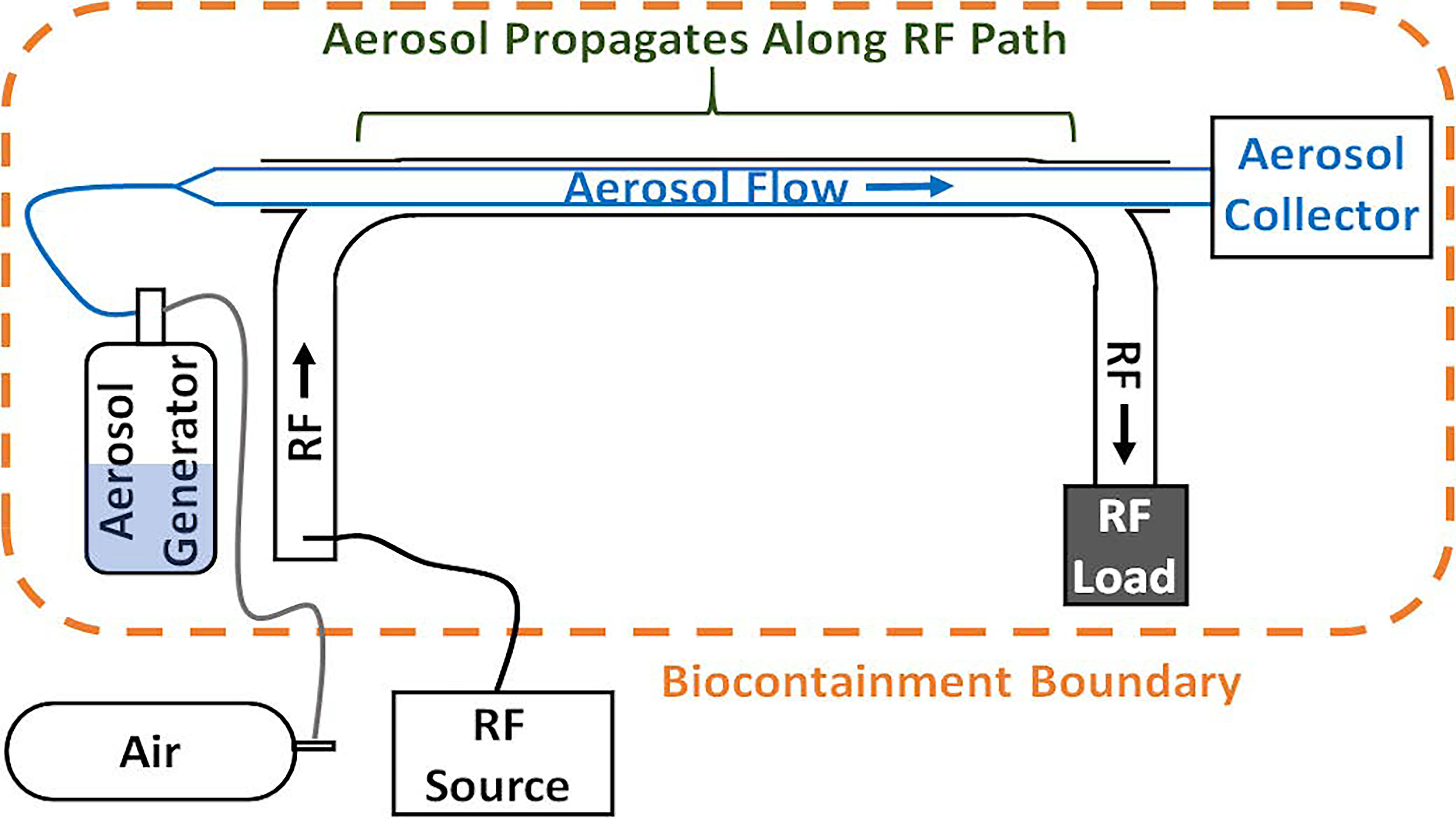
Microwaves Used to Deactivate Coronavirus, Flu, Other Aerosolized Viruses
As the pandemic continues, scientists are increasingly focused on developing methods to assist in decontaminating surfaces and spaces. In Review of Scientific Instruments, researchers report on experimental tools capable of presenting electromagnetic waves to an aerosol mixture with the capability to vary power, energy, and frequency of the electromagnetic exposure. The researchers seek to better characterize the threshold levels of microwave energy needed to inactivate aerosolized viral particles and reduce their ability to spread infection.
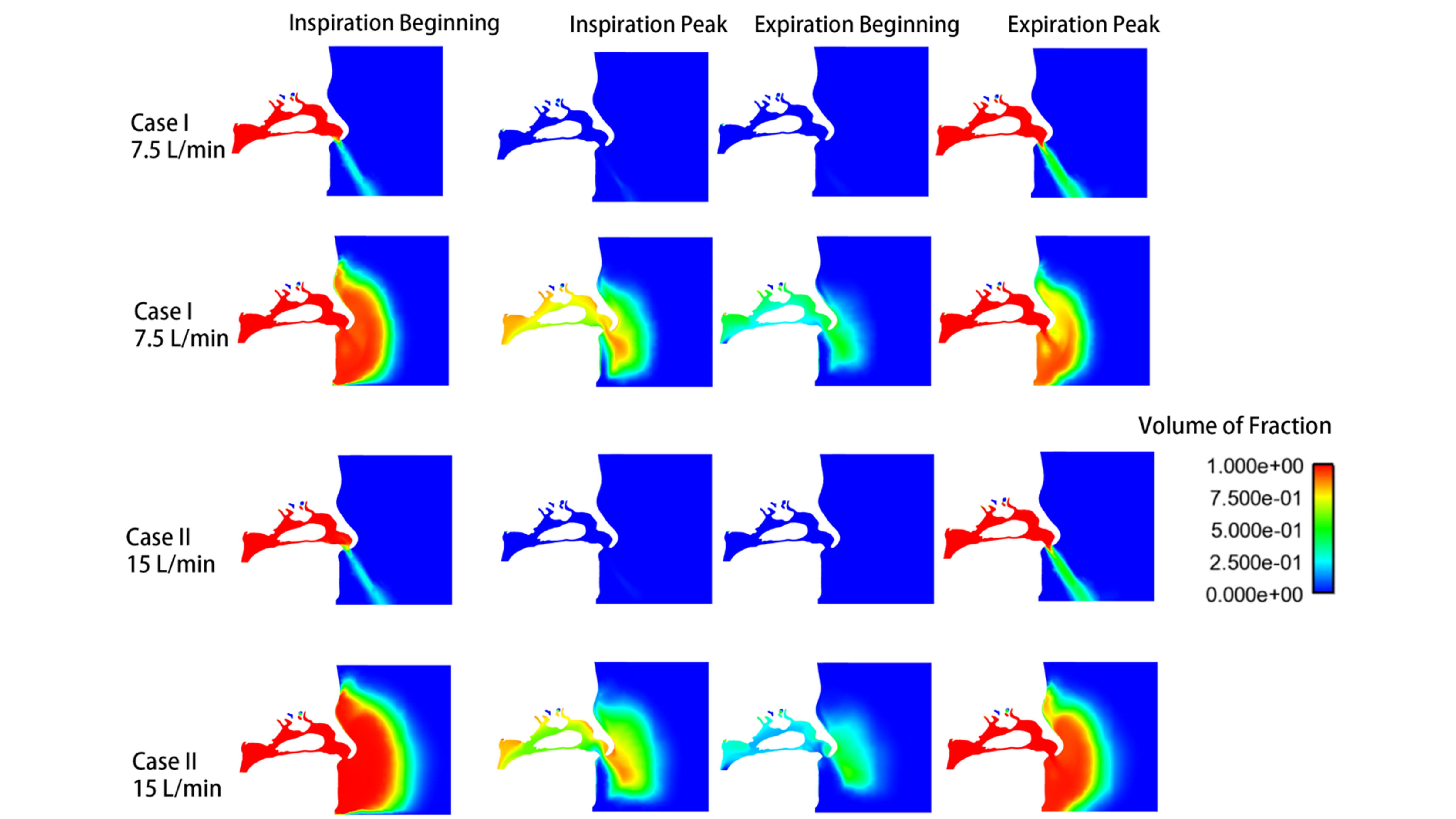
Face Masks Slow Spread of COVID-19; Types of Masks, Length of Use Matter
Using face masks to help slow the spread of COVID-19 has been widely recommended by health professionals. This has triggered studies of the materials, design, and other issues affecting the way face masks work. In Physics of Fluids, investigators looked at research on face masks and their use and summarized what we know about the way they filter or block the virus. They also summarize design issues that still need to be addressed.

Aerosol Microdroplets Inefficient Carriers Of COVID-19 Virus
Aerosol microdroplets do not appear to be extremely efficient at spreading the virus that leads to COVID-19. While the lingering microdroplets are certainly not risk-free, due to their small size they contain less virus than the larger droplets that are produced when someone coughs, speaks, or sneezes directly on us, said researchers at the University of Amsterdam’s Van der Waals-Zeeman Institute. The results were published in Physics of Fluids.
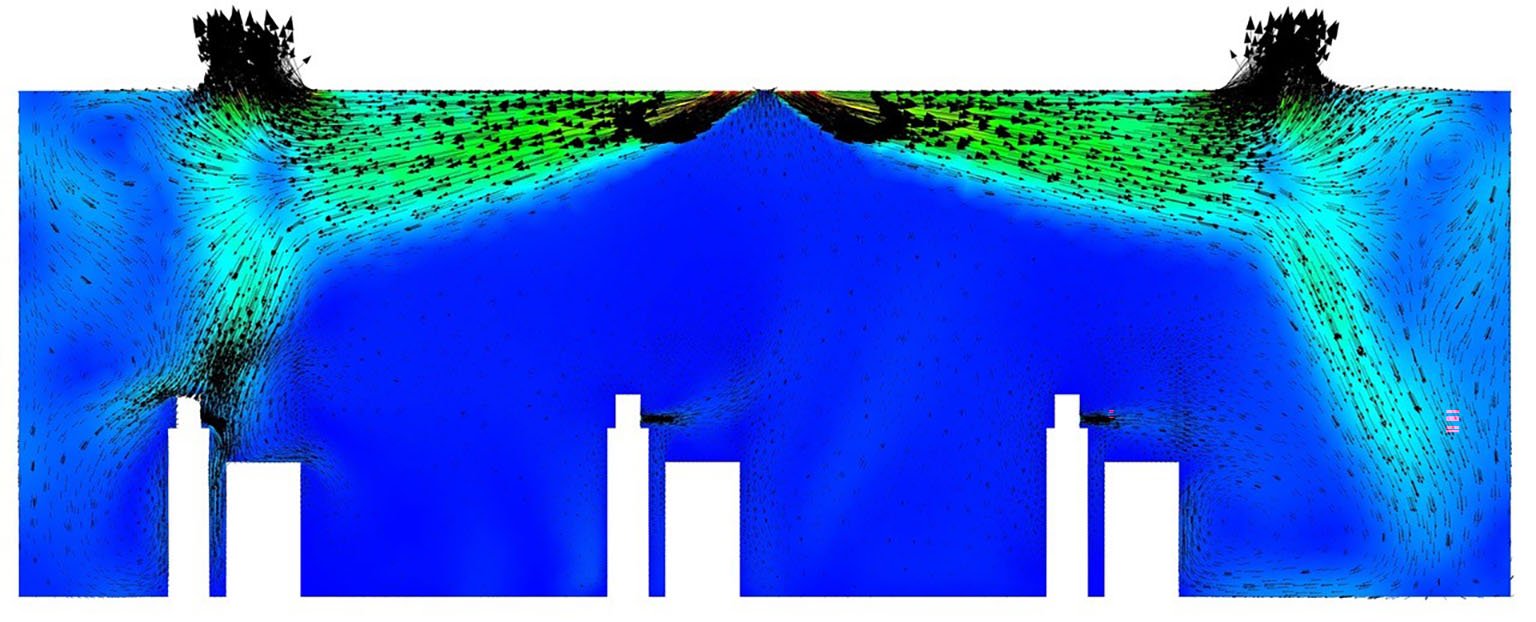
Keeping COVID-19 Out of Classrooms: Open Windows, Use Glass Screens In Front of Desks
Flow velocity distribution and particle size are key in aerosol transport, which is one of the main ways COVID-19 spreads, when aerosol particles are released during exhalation, talking, coughing, or sneezing. In Physics of Fluids, University of New Mexico researchers used computational fluid-particle dynamics to explore aerosol transport within an air-conditioned classroom model. They discovered opening windows increases the fraction of particles that exit the system by nearly 40%, while also reducing aerosol transmission between people within.
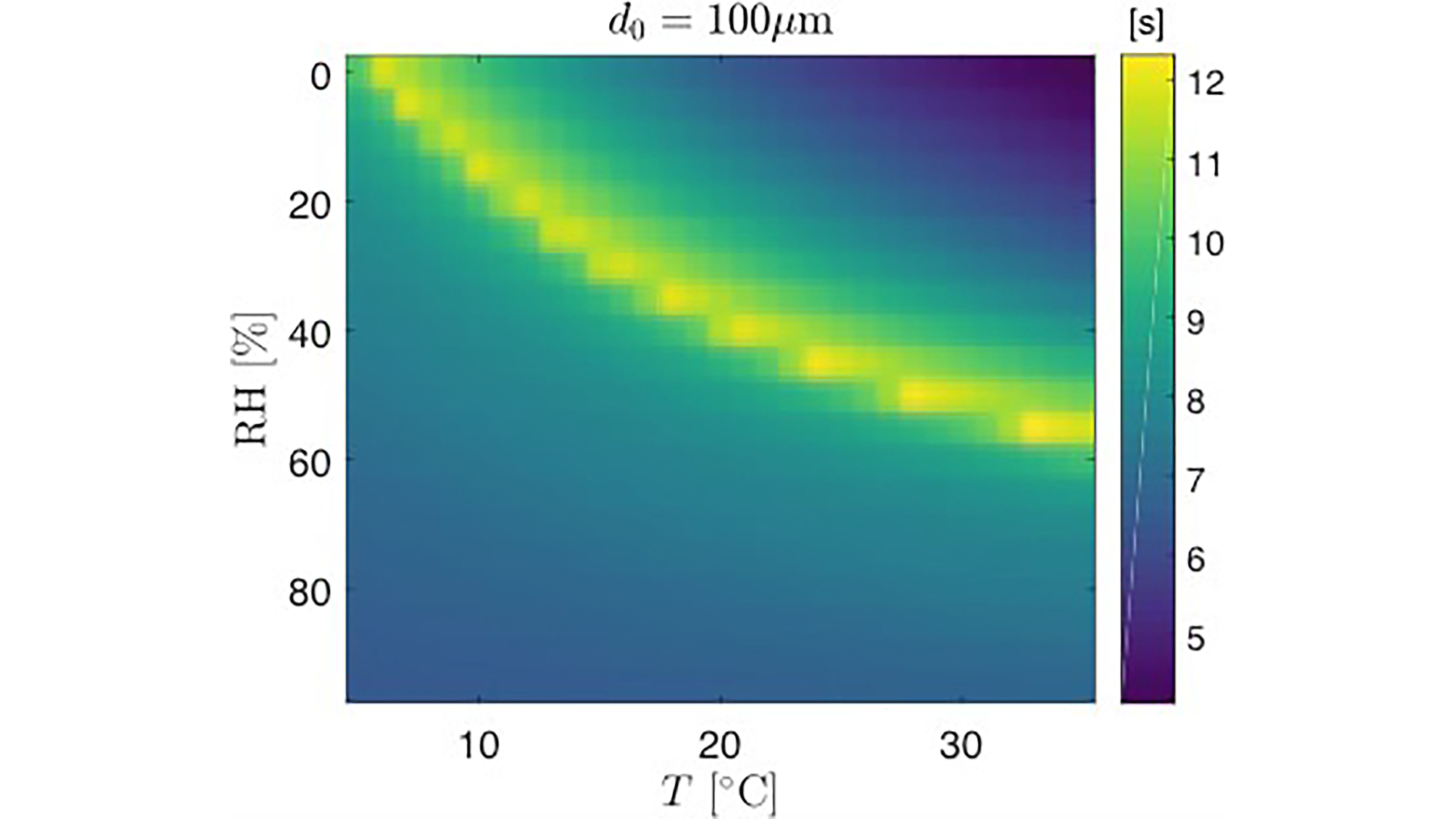
Humid Air Can Extend Lifetime of Virus-Laden Aerosol Droplets
The novel coronavirus that causes COVID-19 is thought to spread through natural respiratory activities, but little is known about how the virus is transported through the air. Scientists report in Physics of Fluids on a study of how airflow and fluid flow affect exhaled droplets that can contain the virus. Their model includes a more accurate description of air turbulence that affects an exhaled droplet’s trajectory. Calculations with their model reveal, among other things, an important and surprising effect of humid air.
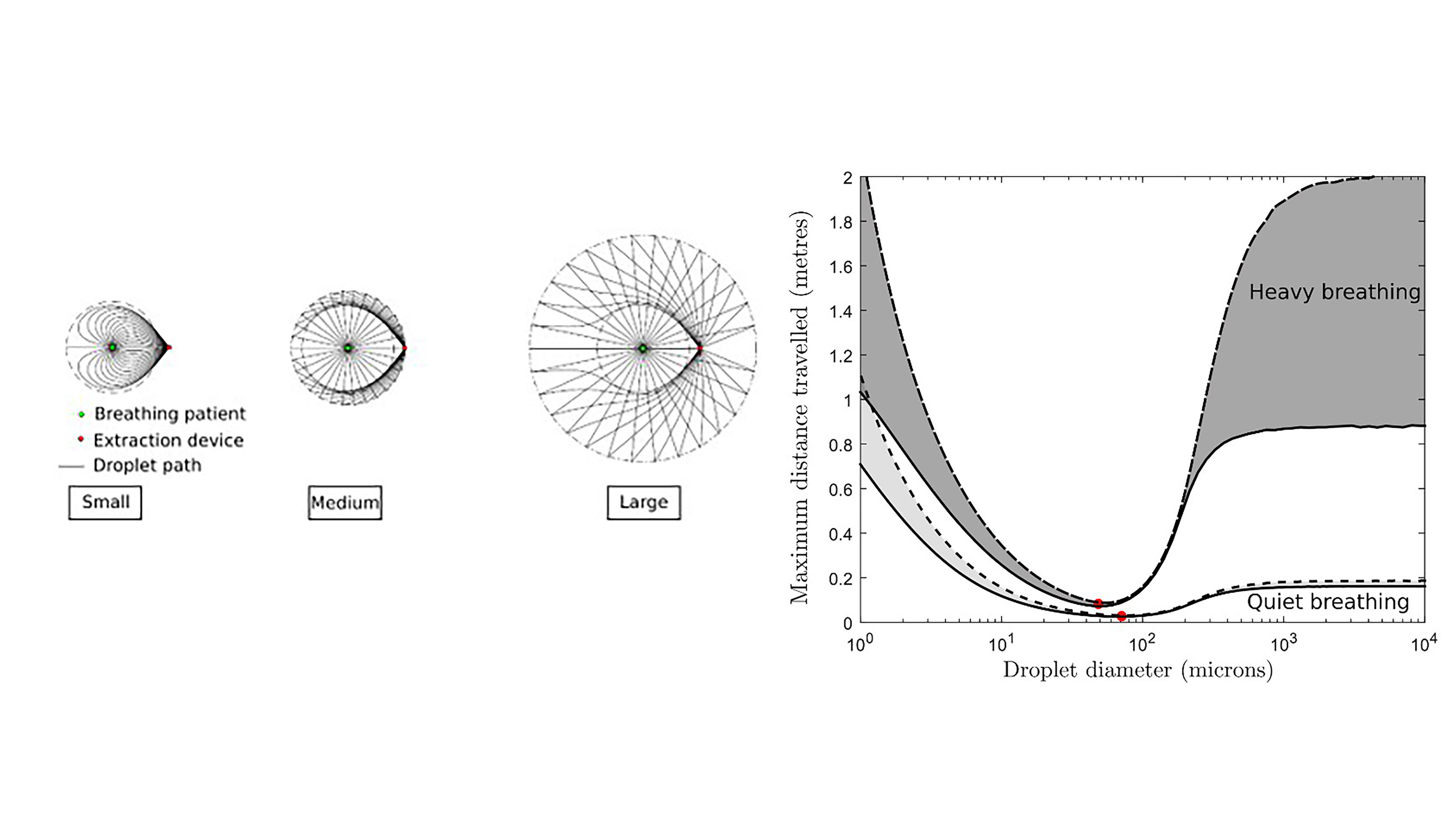
Droplet Spread from Humans Doesn’t Always Follow Airflow
If aerosol transmission of COVID-19 is confirmed to be significant, as suspected, we will need to reconsider guidelines on social distancing, ventilation systems and shared spaces. Researchers in the U.K. believe a better understanding of different droplet behaviors and their different dispersion mechanisms is also needed. In Physics of Fluids, the group presents a model that demarcates differently sized droplets. This has implications for understanding the spread of airborne diseases, because the dispersion tests revealed the absence of intermediate-sized droplets.

Reusable, foldable and sterilisable ‘shield’ developed by NUS-NUH team provides additional protection for healthcare workers caring for COVID-19 patients
A research team from the National University of Singapore and the National University Hospital has developed a reusable protective barrier which lowers the risk of frontline healthcare workers being exposed to COVID-19 via droplets and aerosols when they look after patients.
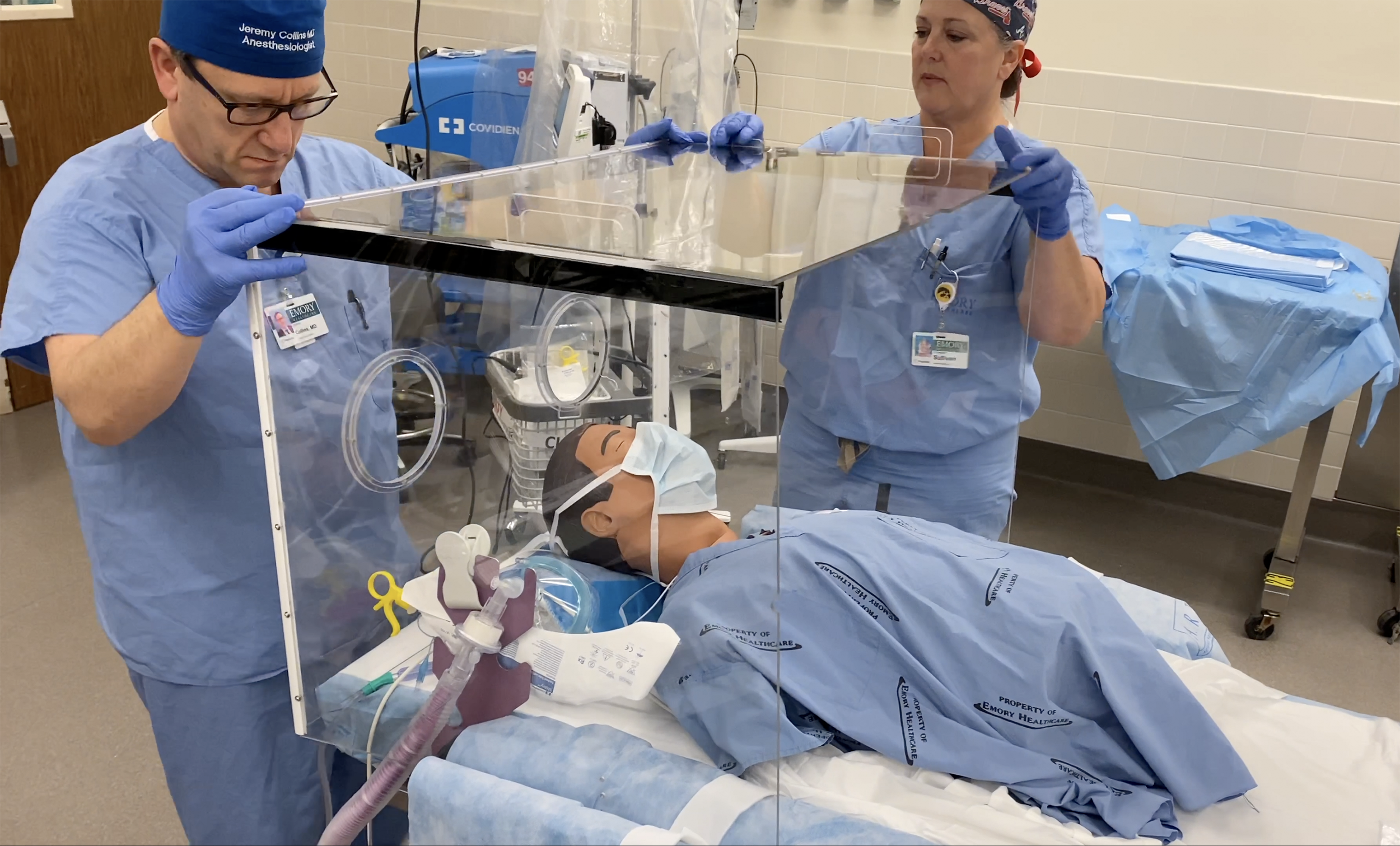
Emory and Georgia Tech Create Barrier Protection Devices for Use During COVID-19
Two Atlanta universities have created barrier protection devices designed to contain droplet spray and aerosol created during certain medical procedures with a goal of reducing the risk of disease transmission.
Study Finds Breathing and Talking Contribute to COVID-19 Spread
Current knowledge about the role of aerosols in the transmission of SARS-CoV-2 warrants urgent attention. Current guidance and public health information has slowly shifted focus towards aerosols as a transmission pathway – predominantly associated with breathing and talking by asymptomatic individuals. Providing guidelines for sufficient inhalation protection will be important in curbing the spread of COVID-19.

The Case For DIY Masks To Slow Coronavirus’ Spread
A small cluster physicist explains why DIY masks work and why even a bandana is better than nothing to fight the spread of COVID19.

Predicting chaos using aerosols and AI
Using aerosols as ground truth, researchers at the McKelvey School of Engineering at Washington University in St. Louis have developed a deep learning method that accurately simulates chaotic trajectories — from the spread of poisonous gas to the path of foraging animals.